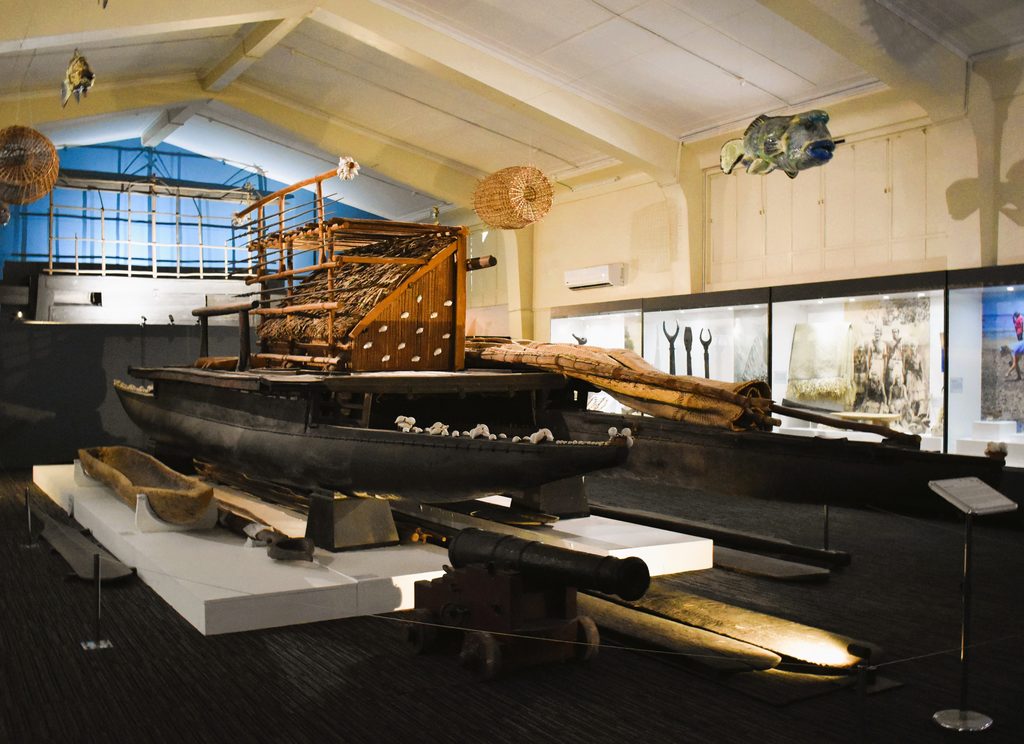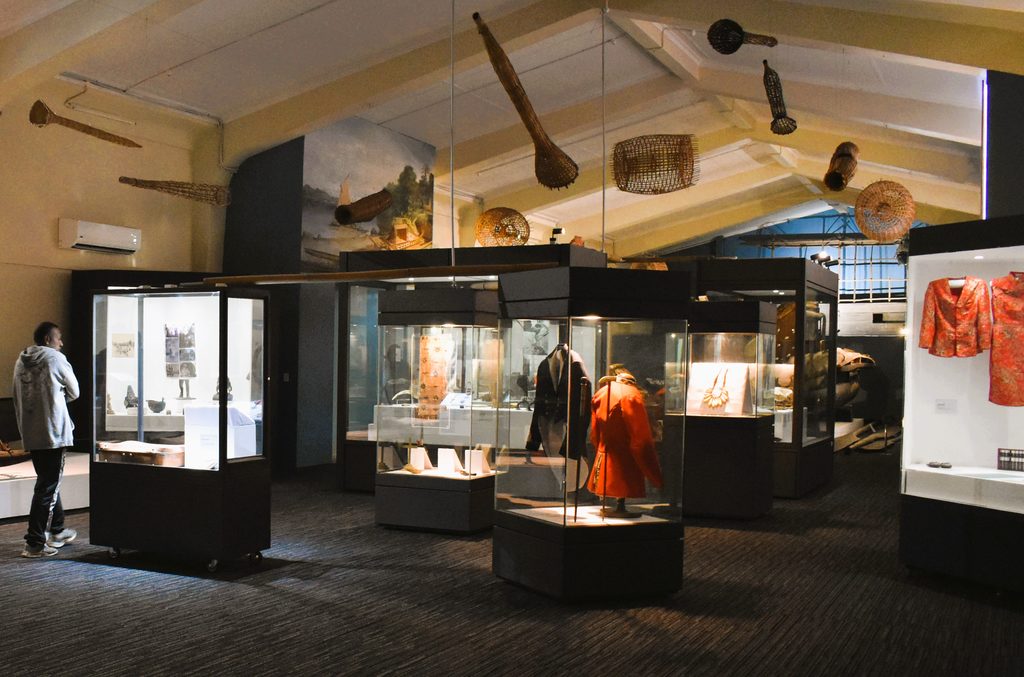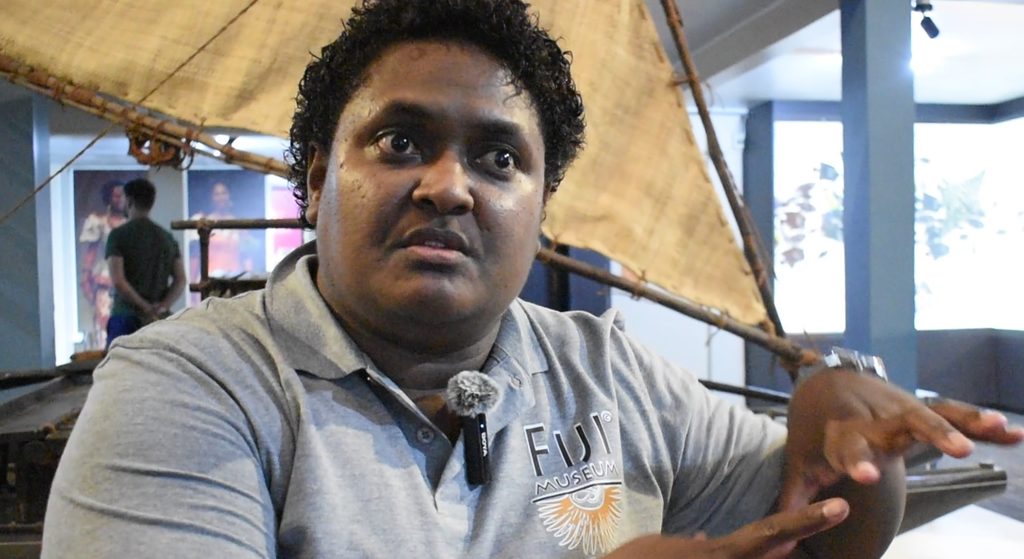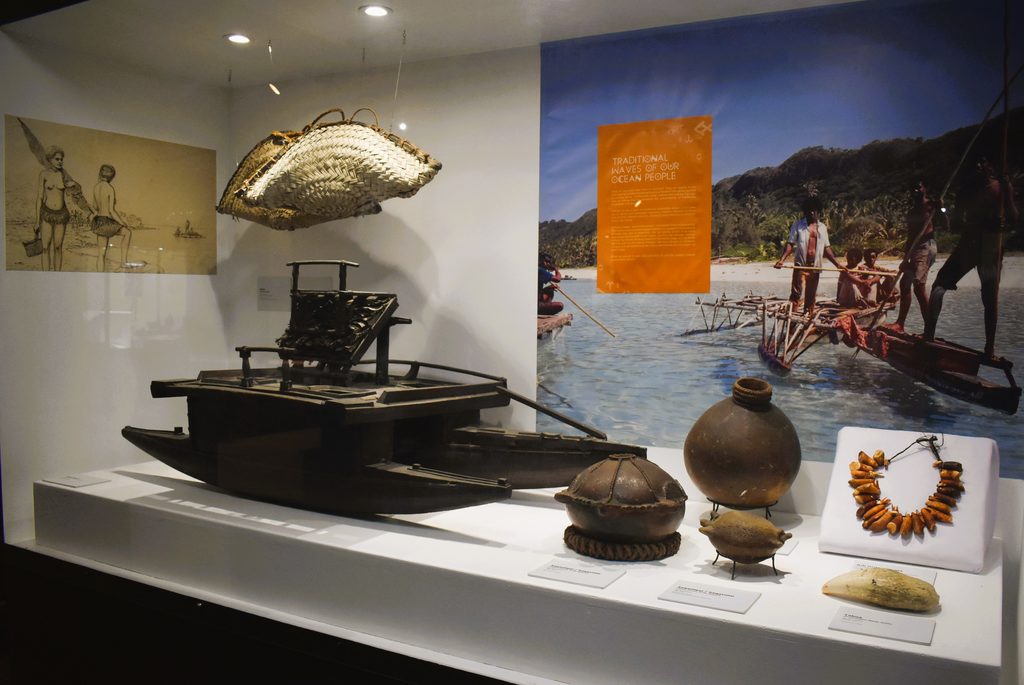Fiji’s rich archaeological heritage is a treasure trove of history, culture, and identity and at the forefront of preserving and promoting this legacy is Mereoni Camailakeba, head of the Fiji Museum’s archaeology services section.
In an interview with The Sunday Times, Camailakeba shared her journey into archaeology, the significance of Fiji’s historical sites, and the ongoing efforts to make these cultural treasures more accessible to the public.
Passion for the past
Camailakeba, who hails from Nabua in Rewa with maternal links to Noco, began her career through a fortuitous university holiday job.
While working with the geography department at USP, she participated in archaeological excavations alongside researchers from the Fiji Museum.
It was during these projects that she met the late Sepeti Matararaba, a key figure in Fijian archaeology who inspired her to delve deeper into the field.
“I wanted to learn more about archaeology; about excavating the past, analysing artefacts, understanding when and how ancient sites were settled,” she recalled.
Despite Fiji not offering formal archaeology courses, her passion led her to acquiring hands-on experience.
In 2015, Matararaba invited her to join the museum, where she was mentored by him and another expert, Mr Koro.
“Their guidance shaped me into who I am today,” she said.
“Archaeology isn’t just about reading books, a large part of it is gruelling fieldwork, and engaging with communities.”
Bourewa — a career-defining site
When asked about her most memorable excavation, Camailakeba immediately pointed to the Bourewa archaeological site in Nadroga-Navosa. Dating back to 3,050 BC, Bourewa is one of Fiji’s oldest known settlements and a key site for understanding the culture of the Lapita people, who were an ancient seafaring race believed to be the ancestors of many Pacific Islanders.
“Bourewa was where my career truly began,” she said.
“The site is a goldmine for archaeology, not just in Fiji but for the entire Pacific.”
Excavations at Bourewa uncovered intricately designed Lapita pottery shards, shell ornaments, and other artefacts that provided a crucial insight into early Fijian society.
The detailed patterns on the pottery, offered a glimpse into the artistic and cultural practices of Fiji’s earliest inhabitants.
Protecting Fiji’s heritage
As custodians of Fiji’s archaeological heritage, the museum operates under the Preservation of Objects of Archaeological Interest (POAPI) Act, established in 1940. This legislation empowers the museum to protect historical sites in situ, meaning where they are originally located, to ensure their preservation for the public rather than for institutional ownership.
“These sites carry our history, our identity,” Camailakeba explained.
“They connect us to our ancestors and to other communities across Fiji and the Pacific.”
However, balancing preservation with modern development is a challenge.
The museum advocates for community consultations before any development projects proceed near archaeological sites.
“Development is important, but we must have talanoa sessions and discuss with the elders and local communities in order to understand the significance of these places,” she said.
“We’re not against progress, but we want to ensure that history isn’t lost in the process.”
Digitising history for the future
One of the museum’s major ongoing projects, supported by the Ministry of iTaukei Affairs, is the digitisation of archaeological sites. This initiative, currently 70-80 per cent complete, aims to create an online platform where Fijians and researchers worldwide can explore the country’s historical sites virtually.
“Soon, people will be able to browse these sites from their homes, learning about their significance and the stories behind them,” Camailakeba said.
The museum is also involved in underwater archaeology, mapping submerged sites with the help of international universities. Additionally, a Fijian PhD student is currently conducting excavations in Cakaudrove, uncovering details about early settlements in the province.
The Lapita connection
Camailakeba highlighted the broader significance of Fiji’s archaeological findings, particularly in tracing the Lapita migration which was a race of ancient seafarers believed to have originated in Taiwan, moving through Southeast Asia and Melanesia before reaching Fiji.
“Archaeology isn’t just about Fiji, it’s about understanding our connections across the Pacific,” she said.
“Treasure your history,” was her advice to Fijians.
“Dig into books, visit archives, talk to elders. Knowing your history is knowing your identity. In a world dominated by technology, take time to sit with your children and share these stories. Our past is what shapes our future.”
Model of a Drua war canoe on display. Picture:
ALIFERETI
SAKIASI

The ground floor of the Fiji Museum which holds displays of traditional and colonial artifacts. Picture: ALIFERETI SAKIASI

A display honouring the late Paul Lobendahn MC. Here are some of his military medals and copies of his writings and newspaper articles about him. Picture: ALIFERETI SAKIASI

Mereoni Camailakeba, head of the Fiji Museum’s Archaeology Services Section. Picture: ALIFERETI SAKIASI



